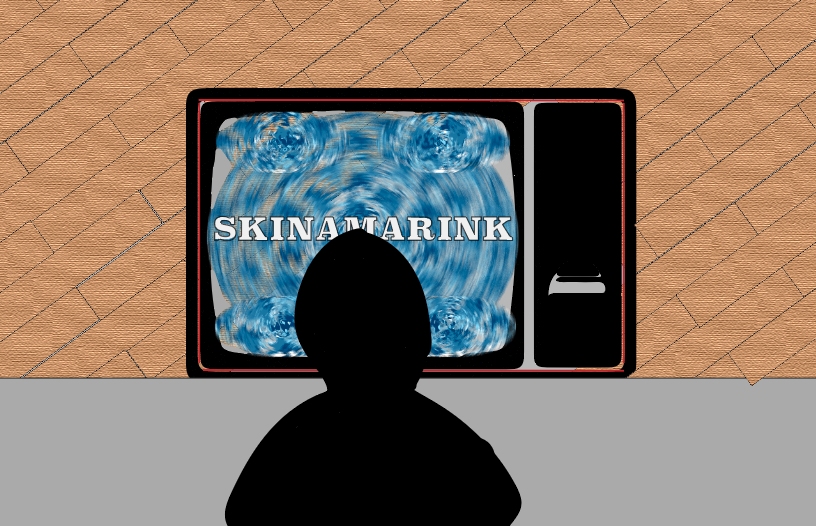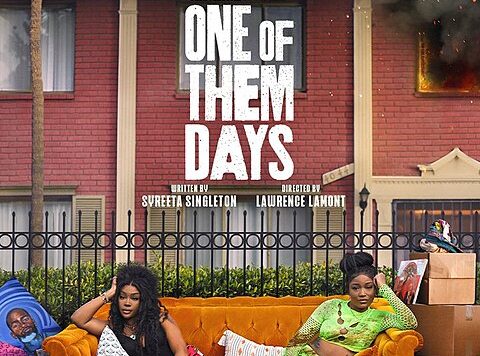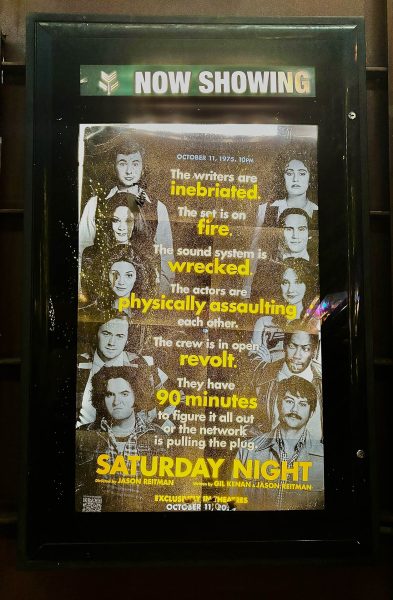REVIEW: Recent analog horror film touches on the deepest of childhood fears but falls short on expectations
An uproar of video essays and social media criticism caught my attention in the early stages of Kyle Edward Ball’s debut feature film, “Skinamarink.” After the film’s screening at Canada’s Fantasia International Film Festival in the summer of 2022, pirated versions of the movie scattered the internet, allowing for critics on Reddit, TikTok and YouTube to get their personal takes on the film out early. I ate these critiques up daily, counting down the days until it would be available to stream on Amazon Prime. But once the time finally came for me and my friends to gather in the dark and witness what was supposed to be a refreshing and revolutionary horror film, I was left practically unmoved and let down.
“Skinamarink” takes inspiration from Ball’s short film project “Heck” and follows two young children in the dead of night who wake up to discover their father is missing and all the doors, windows and anything else connecting their house to the outside world have vanished. Right off the bat, the audience is made aware of the abnormal nature of the film: This experimental take on the horror genre uses features of “analog horror” — a horror subgenre that bears similarities to found-footage filming styles and encases low-fidelity graphics and “cryptic” messages. It’s a subgenre I have become a huge fan of, so you can understand my excitement for a full-length film of its kind. Whether it was my deep dive into criticisms before watching the movie or the seemingly unfinished quality, “Skinamarink” did not meet the bar I had set so high.
Watching the movie in the dark was an idea most of my friends were against, knowing that it would add to a terrifying experience. While I was excited because of my prior research, they were excited because the trailer beautifully encapsulated what was to come: dim and unsettling shots around every corner, spine-chilling distant screams, a monstrous voice hiding in the dark and an overall feeling of being alone and helpless. Those feelings stopped there, though. While watching, I kept anticipating something bigger; something more. After the dragging exposition, a confusing plot line — which I was only able to follow because I went in knowing what would happen — was slowly introduced. Seemingly unnecessary shots kept us on edge, sure, but it also left room for disappointment, as it never truly followed through with anything it introduced.
One of the film’s most redeeming qualities has to be its sound design. “Skinamarink” is commonly referred to as “quiet horror:” It has many empty moments, with no soundtrack and barely any dialogue. When present, the dialogue comes from the children speaking softly or the enigma that haunts the dark hallways, taunting the siblings with its unsteady inflections and down right creepy tone. The film is set in the mid-90s, so the sound of vintage cartoons often flows throughout the movie as the children continue to find refuge in front of an old-fashioned TV in a space they’ve deemed “safe.” On top of that, a sort of witty take on the sound design comes from the production’s use of Foley, a post-production feature that involves added sound effects. In “Skinamarink,” Foley is clearly used to emphasize the small footsteps made in the carpeted house from the children and each flick on and off of the light switches. It’s one small element that enhances the viewing experience, though not enough to make it revolutionary.
Though perusing through prior critiques may have spoiled the story and ending for me, it should not have taken away from the overall viewing experience. I was looking forward to feeling all the uncanny and uncomfortable feelings everyone raved about, but instead, feelings of boredom and disappointment circulated. While the few jump scares with scary images and loud audio did its job in the moment, it didn’t make up for the fact that “Skinamarink” fell short of everything it has been praised for. I still await a “revolutionary” horror film, and Bell may even be the one to create said film; the vision is there and the recipe works. It just needs a little more.

Claire is a senior Communication major with a minor in Journalism continuing to dedicate her time growing and learning as a student journalist. Claire...











